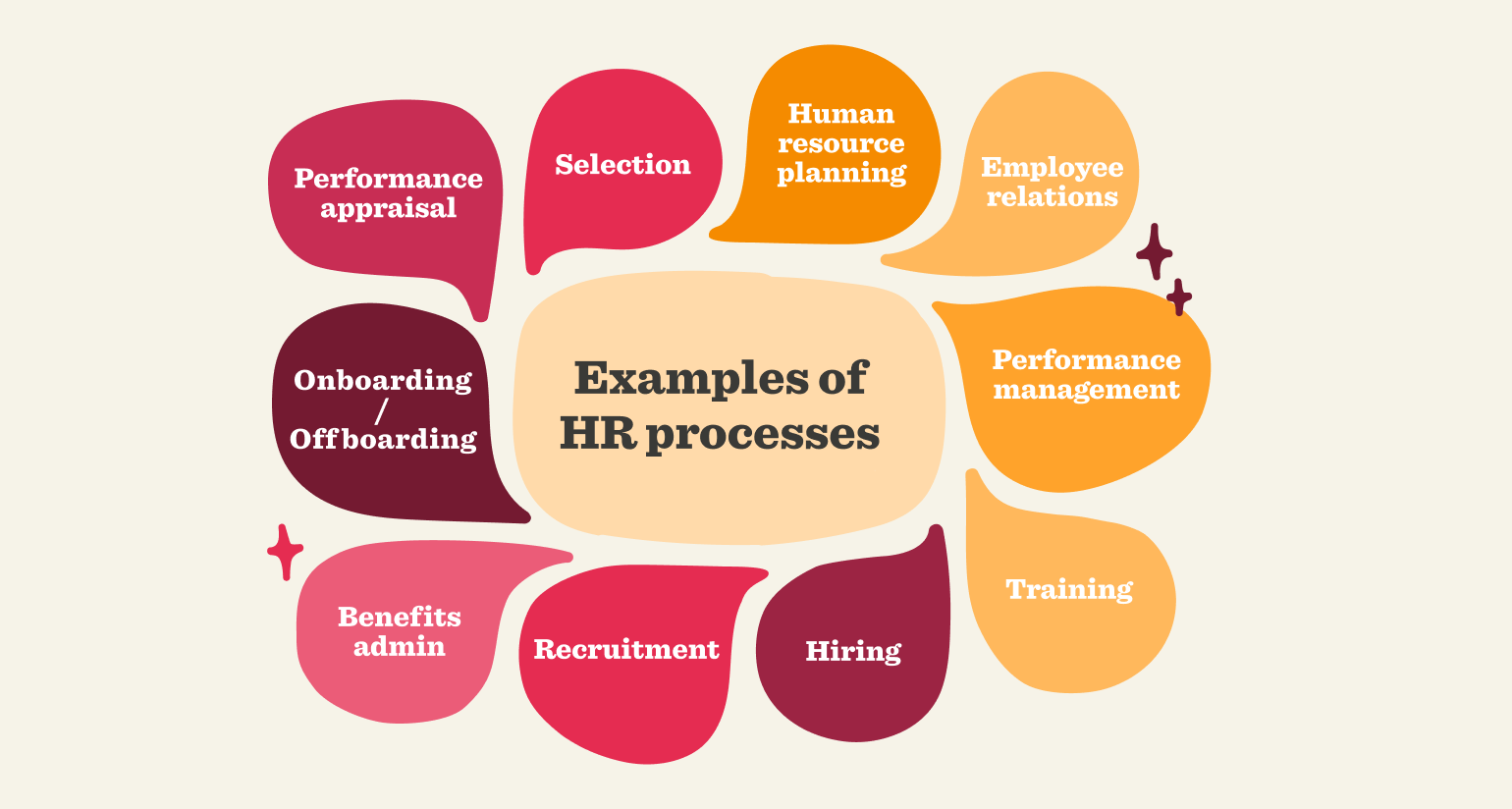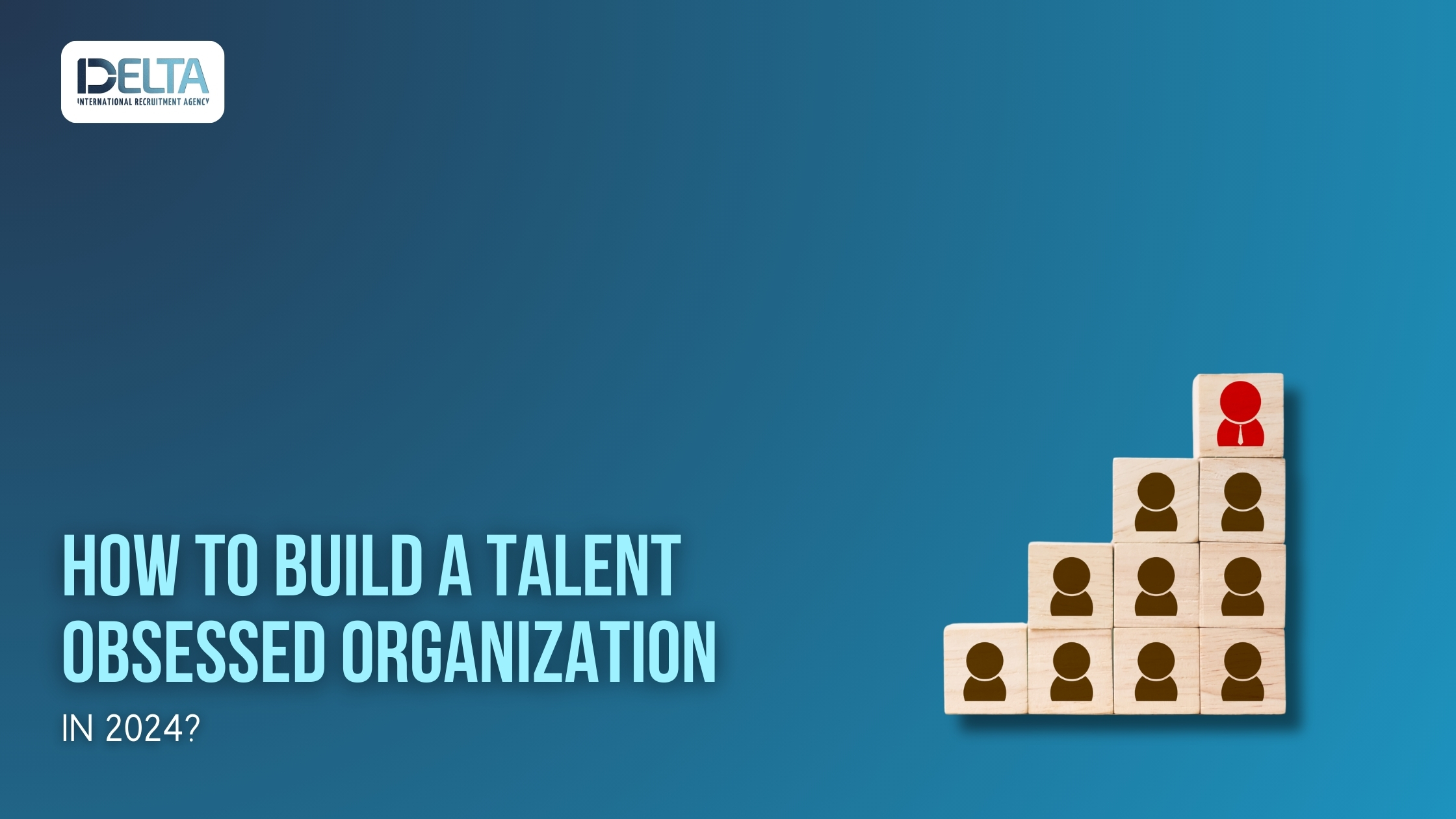In the dynamic world of Human Resources (HR), organizations often face challenges that require them to make strategic decisions about their workforce. One such strategy is "bumping." This guide explores what bumping is, its process, advantages, disadvantages, and best practices for implementation.
What is Bumping?
Bumping is a workforce management strategy used primarily during downsizing or restructuring. It involves moving employees from positions that are being eliminated to other roles within the organization, typically lower-level positions, to retain their employment. This method helps organizations preserve valuable talent while managing workforce reductions effectively.

Image Source: hibob.com
The Bumping Process in HR Industry
- Identification of Positions: The first step involves identifying which positions are subject to elimination due to organizational changes such as restructuring or downsizing.
- Employee Eligibility: HR determines which employees are eligible for bumping based on factors such as seniority, skills, qualifications, and performance. Generally, senior employees with the required skills are given priority.
- Bumping Priority: A priority list is established, ranking employees based on the predetermined criteria. Seniority often plays a crucial role in this ranking.
- Search for Vacant Positions: HR identifies vacant or newly created positions within the organization that match the skills and qualifications of the eligible employees. These positions are usually at a similar or lower level than the employees' current roles.
- Matching and Placement: Eligible employees are matched with available positions based on their priority and qualifications. The goal is to place as many employees as possible in new roles to avoid layoffs.
- Notification: Affected employees are informed about their new placements, including details about their new roles and any changes in compensation or benefits.
- Transition and Training: Employees who are bumped into new roles may require additional training or support. Organizations should provide the necessary resources to facilitate a smooth transition.
- Layoffs: If not all employees can be accommodated through bumping, the remaining employees may face layoffs as a last resort.
Advantages of Bumping
- Employee Retention: Bumping allows organizations to retain experienced and skilled employees who might otherwise be laid off, preserving institutional knowledge and expertise.
- Cost Savings: By retaining employees in lower-level positions, organizations can reduce costs associated with hiring and training new employees.
- Employee Morale: Offering alternative positions rather than layoffs can help maintain employee morale and reduce the negative impact of downsizing.
Disadvantages of Bumping
- Complexity: The process of determining eligibility, matching employees to positions, and managing transitions can be complex and time-consuming.
- Potential Resentment: Employees who are bumped into lower-level positions may feel devalued, leading to potential dissatisfaction and decreased motivation.
- Disruption: The process can be disruptive for both the employees being bumped and those being displaced, potentially affecting overall productivity.
Best Practices for Implementing Bumping
Clear Communication:
Transparent communication with all employees about the process, criteria, and implications of bumping is essential to minimize confusion and anxiety.
Fair and Objective Criteria:
Establish clear, fair, and objective criteria for determining eligibility and priority to ensure the process is perceived as just.
Support and Training:
Provide adequate support and training to employees transitioning into new roles to help them adapt and succeed.
Legal Compliance:
Ensure that the bumping process complies with relevant labor laws and regulations to avoid legal complications.
In conclusion, bumping is a strategic HR practice that allows organizations to manage workforce reductions while retaining valuable talent. By carefully planning and executing the bumping process, organizations can navigate transitions more effectively and maintain a stable and motivated workforce.
Tips for Employers: Recruitment Industry




